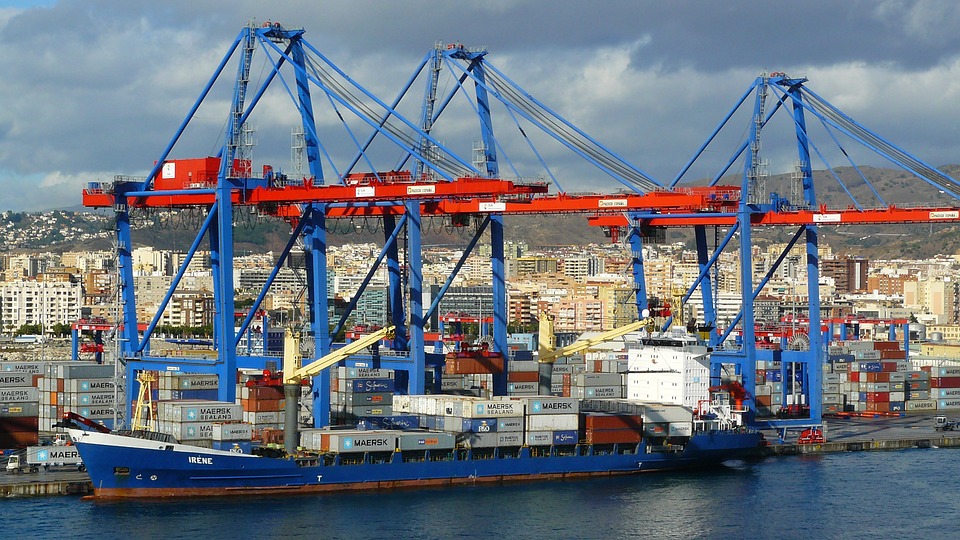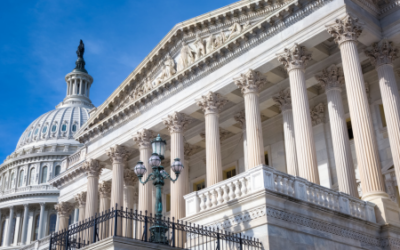Very large contracting opportunities are being announced weekly in regions with U.S. seaports. Literally billions of dollars will be spent in the near future on all types of public projects related to ports. The American Association of Port Authorities estimates ports and private-sector partners will spend $154.8 billion over the next five years on seaport infrastructure repair, expansion and upgrades.
There are many reasons for the uptick in seaport infrastructure projects. First, there has been an increase in trade and the country’s ports all need upgrading to keep pace and to accommodate the super ships coming through the Panama Canal. Additionally, security has become a threat and most seaports need significant upgrades. Environmental issues will force other types of projects. Funding through government grants is available now and some regions are leveraging the grant funds with private-sector capital in order to launch larger initiatives.

The Federal Emergency Management Agency (FEMA) recently awarded its annual Port Security Grants. This year’s program is backed by $100 million in funding. That’s enough to get the attention of almost every contracting firm interested in opportunities at seaports.
The grant funding was distributed to 33 ports in 27 different states, the District of Columbia, Puerto Rico and Guam. FEMA designates for funding projects that are classified as essential to the implementation of the National Preparedness System.
The Port of Oakland in California received $1.8 million from FEMA’s Seaport Grant. That funding will cover 75 percent of the total cost of an upgrade to the port’s Truck Management System. The rest of the funding will come from the region. This project will enhance the ability of vehicles to enter and exit Oakland’s marine terminals. It will also fund development of a multi-agency Emergency Operations Center to support emergency operations in the event of a disaster or terrorist incident. The port plans to complete both projects within the next three years.
Port Manatee in Tampa Bay, Fla., received $946,950 in funding. The port intends to use these funds to reconstruct outbound lanes to ensure compliance with security screening regulations. The project is essential to the port’s security.
The Federal Highway Administration gave the Port of Virginia $1.55 million, and that amount will be matched locally. The funding will be used to implement a reservation system at its terminals for motor carriers. This project is also related to an Advanced Transportation and Congestion Management System. While the port does not have a timeline for implementation, planning is already underway.
The Port of Portland will also get a security upgrade. The $1.25 million project will be funded by a FEMA security grant. The project will focus on two specific terminals and the renovations will include new security systems, closed circuit television cameras and new access controls.
A $9.85 million U. S. Department of Transportation FASTLANE grant is expected to be awarded this month to the Port of Indiana Burns Harbor. The money will be used to fund expansion projects including a new 2.3-acre cargo terminal and 4.4 miles of new rail. These projects are intended to ease congestion and attract new business to the Burns Harbor port.
This is an industry sector that should not be overlooked. The potential for collaboration between public officials and private contractors and investors is huge.
SPI’s government market research shortens sales cycles and allows your sales team to focus on what they do best…selling. Learn more about their capabilities by contacting them today.






